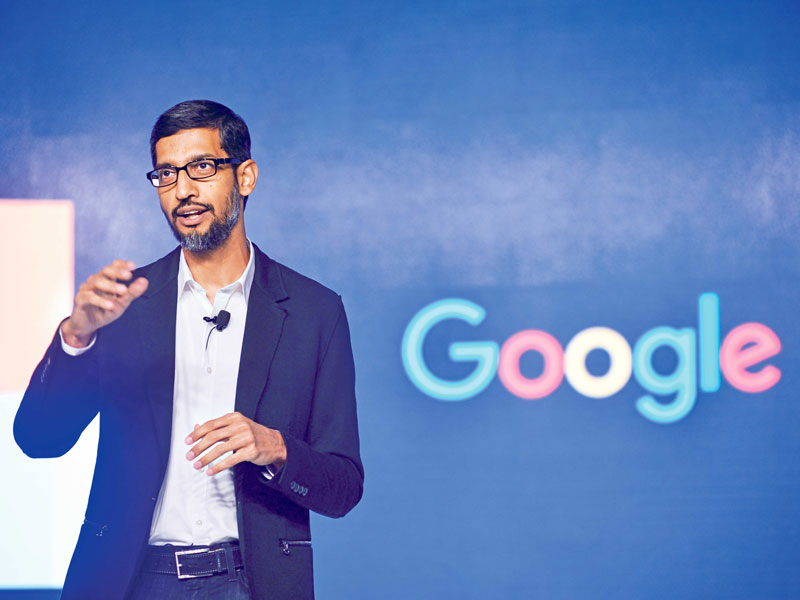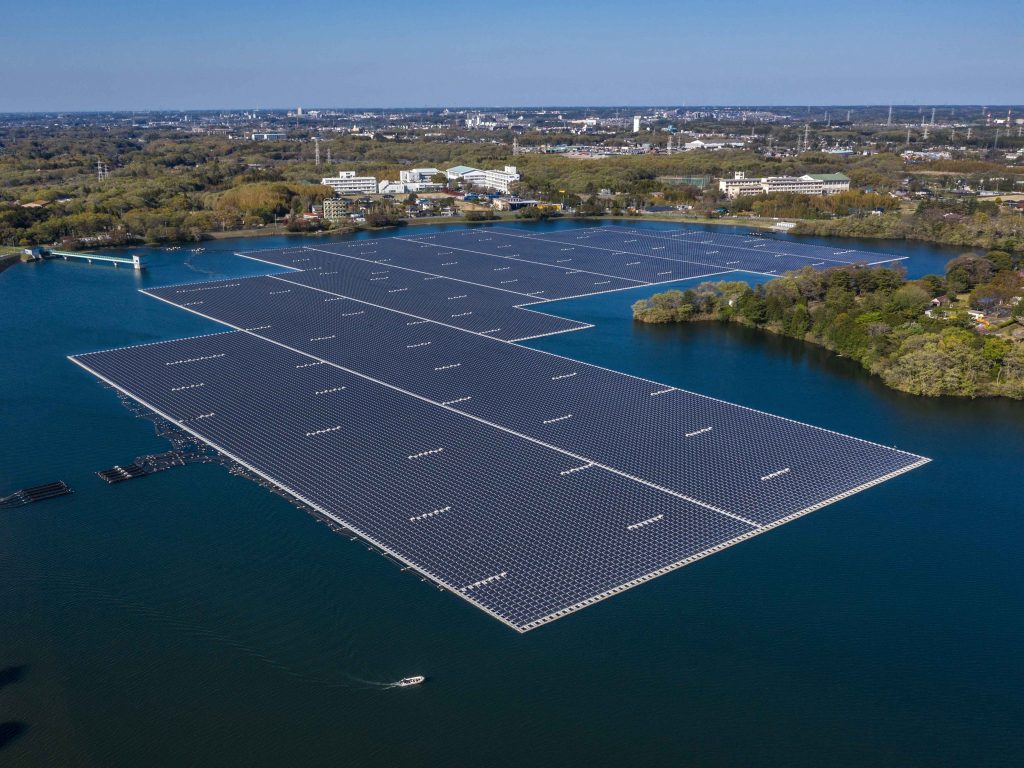Smarter grids call for smarter interactions
All over the world, all over the electricity network, smarter answers are needed to continue balancing supply and demand efficiently
All over the world, all over the electricity network, smarter answers are needed to continue balancing supply and demand efficiently
Let us begin at the beginning: why grids need to become smarter. We can sum it up in a simple equation: three drivers + three accelerators = a smarter grid. The three drivers are: growing electricity demand; the need to reduce CO2 emissions; and the constraints on today’s electricity networks.
Electricity demand is growing all over the world. In new economies, this is driven by demography, industrialisation and urbanisation; in mature economies, it is driven by consumption (from appliances to electric vehicles) and is making it harder to manage the peak.
In addition, in order to fight climate change, we need to reduce our CO2 emissions. This will come mostly from energy efficiency (in homes, buildings and industrial facilities) on the one hand, and the development of renewable energy sources on the other. Lastly, the constraints on existing networks, such as limited generation capacity, limits on network extension, ageing infrastructure as well as the difficulty of integrating intermittent and distributed generation (eg. wind power), call for new solutions to solve the energy equation.
At the same time, three other changes are accelerating the ‘smartening’ of the grid: all sorts of new technology are now available; governments and regulators are taking an increasingly active role in the energy sector; and end-users are no longer satisfied with being passive consumers.
New IT technology is now widely available. Although it is making cyber-security a bigger threat, it is at the same time providing huge opportunities to add intelligence into more or less everything. Energy storage is no longer a distant dream, power electronics are becoming ubiquitous – and electricity networks are certainly a prime market for these new technologies.
Governments are taking a new, harder look at their energy sector. Whether for reasons of security of supply, price stability, opening of markets, pricing transparency or economic cost of blackouts, they are investing, regulating, supporting this industry. President Obama even made Smart Grids one of the cornerstones of America’s stimulus plan, with $3.9bn earmarked for their development. And last but not least, all of us, as consumers and citizens, want to know how much energy we use and to pay the right price for it and we want to contribute to CO2 emissions reduction through energy efficiency, electric vehicles, solar panels on our rooftops etc.
Electricity networks are becoming more complex and less stable all over the world. To continue to efficiently balance supply and demand, the grid needs to become smarter. The question is – how do we get there, how do we make the Smart Grid happen?
Today’s grid functions in a top-down way. Tomorrow’s smart grid will be bi-directional: electricity will flow out of homes and offices as well as into them.
Today, centralised, supplier-controlled power is fed into the grid based on consumption predictions and then adjusted at the margin according to peak demand. Tomorrow, demand and supply will interact intelligently in an efficient, decentralised interoperable grid.
Today, intermittent renewable generation is not always efficiently integrated. Tomorrow, smart grids will efficiently integrate intermittent energy from both renewable power plants and decentralised distributed renewable generation.
Today, providers must come and check meters on a regular basis. Tomorrow, consumption data may transfer automatically, giving pro-consumers and utilities a real-time estimate of electricity consumption.
Today, most people don’t know how much electricity they consume until they get their electricity bill. Tomorrow, consumers will be able to adjust their energy demand to moments when prices and demand are at their lowest.
Today, the causes of power cuts have to be manually identified on the grid. Tomorrow, software will detect where cables or equipment are damaged, making blackouts, which carry such a high economic cost, much rarer.
All this sounds great – but it also means that there can be no smart grid until all connected players are smart-grid ready. Schneider Electric is smart-grid ready. And we believe that energy-efficient buildings and facilities, together with active end-users will drive smarter demand, which will help push smarter supply, and bring on the full development of the smart grid. This is why we are helping our customers in homes, in buildings, in datacentres, in industrial facilities and on the network be smart-grid ready too, by providing them with smart grid-enabling solutions for energy management and energy efficiency, demand-side management, flexible distribution and renewable energy integration.
And because smarter grids represent such a step change for the electricity network, it is creating a totally new business environment. In addition to traditional technology providers, energy producers and suppliers, system and network operators, and of course governments and regulators, smart grids also bring together active end-users, facility managers, small and large renewable energy producers, energy traders and aggregators, IT enterprise integrators, Energy Efficiency providers, data management suppliers etc.
This is why we, at Schneider Electric, support smarter interactions for a smarter grid – we not only connect our customers to the smart grid, but also connect them with each other. Facilitating these new connections, bringing value to these new relationships, is what will allow our customers to fully leverage the huge business opportunities of a smarter grid – and to mitigate the risks. And because we all recognise that smart grids are a whole new, complex space, we are collaborating and partnering with other, complementary providers – in particular IT enterprise integrators, which are playing a major role in making the grid smarter.
Together, we will experiment in new technology and new business models, to create new opportunities for our customers, to add intelligence in every part of the network. New demand- and supply-side management capabilities are just around the corner. ‘Software as a service’ will offer everything from data exchange, price signal and demand event response management, to 24/7 market and demand monitoring, carbon tracking and reporting, market monitoring, aggregation etc.
Together, we will make today’s grid greener, more efficient, more stable, easier to navigate – and smarter.
further information: schneider-electric.com
FR-EEandSolutions-Communications@schneider-electric.com













